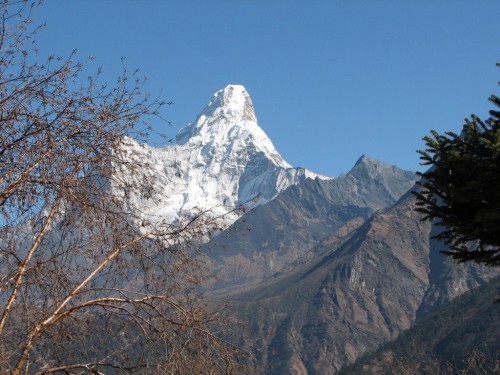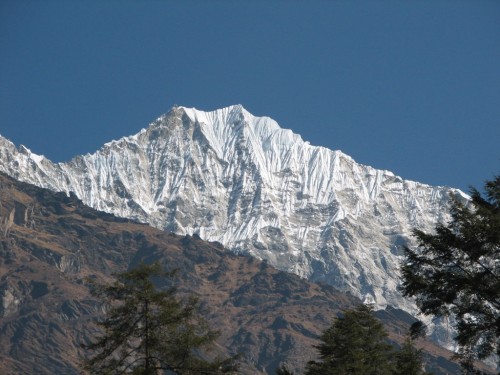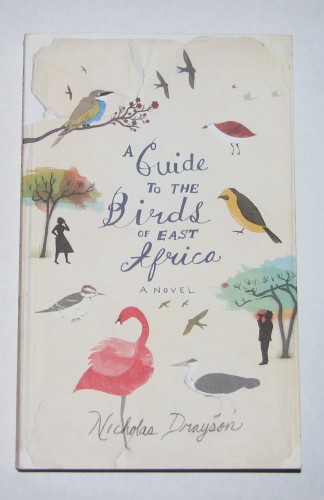How does this happen? Confessions of a book lover.
The biennial Adelaide Festival of Arts starts today. This feast of cultural events is now a well established event in South Australia, celebrating 50 years of festivals this year. It has maintained a world class standard for festivals since its inception. This week there have been political promises to make it an annual event – we have a state election here in 3 weeks’ time.
Writers’ Week
A very prominent and popular part of the Adelaide Festival of Arts is Writers’ Week, starting tomorrow. Several dozen leading Australian and International writers descend on Adelaide for this festival. Several large marquees are set up in the beautiful parklands and the writers are given centre stage for a whole week. Most sessions are free events for the reading and writing public, a rare thing these days. Book launches are also a prominent feature of the week, along with the announcement of a raft of awards.
Programme Guide
I plan to attend a number of sessions next week so during the week I wandered into a leading bookshop in Adelaide to buy the programme guide. The price was $7 and I thought that wouldn’t break the bank or drain the wallet too much.
How come then I come out of the bookshop with six books in a bag?
Those wonderful novels – some in hardback – were sitting there on the bargain tables quietly whispering my name and begging to be taken to a good home. I couldn’t resist.
As part of this confession, and to atone for my misdeeds, I’ll read those books over coming weeks and then review them here on this blog. It’s the least I can do.
Good reading.
Good writing.
To read more about my impressions of the Adelaide Writers’ Week click here.
What I am reading: photographic books about Nepal
Writing a novel: a writer’s journal part 25
What I am reading: photographic books on Nepal.
As a part of my research for background information for my children’s novel, I have been on a few visits to my local public library. Their collection of titles on Nepal is not great, but I did find several interesting titles. Two of these I mention here. Both could be categorised as coffee table style photographic essays. Both had minimal text which was more than compensated for by the brilliant photography. Most people would have found them extremely interesting just from a pictorial point of view. All of the photographs would have found a very comfortable home in publications such as National Geographic.
As an armchair traveller I enjoy the intriguing journeys of Michael Palin. He has an eye-probably two of them actually-for the bizarre, the amusing, the absurd and the downright confronting. This comes through in the various television travel series he has anchored over the years. Inside Himalaya is the spin-off book version of his television series Himalaya. The text in the book is sparse and as such was not of much help to me in my research. Despite that, I still enjoyed the sheer beauty of the photographs.
Pierre Toutain’s book Nepal is very similar. A little more than half the size of the Palin book, it matches it in the beauty of the photography. Palin’s book covers Pakistan, Tibet, Bhutan and Bangladesh in addition to Nepal, while Toutain’s book is totally focused on Nepal and as such, was more useful to me. It also has much more in the way of text (written by Michel Gotin). The text was far more informative and useful for my purposes.
My reading of these two beautiful books had one unfortunate side effect: I have a heightened desire to return someday soon the enigmatic and beautiful roof of the world, Nepal. I must get my novel finished, off to a publisher, accepted, published and then return on the proceeds from my writing. (I can dream, can’t I?)
References:
- Palin, M, Pao, B 2004, Inside Himalaya, Weidenfeld and Nicolson, London.
- Toutain, P, Gotin, M 1986, Nepal, Merehurst Press, London.
Further reading:
- My travels in Nepal – archive from my travel blog
- Writing a novel – more articles in the series about how I went about writing a novel.
What I am reading: Iqbal: a novel
My supervising lecturer let me borrow several novels to read which she thought might give me some ideas and insights about writing a novel set in a troubled country. The first of these was set in Pakistan.
Iqbal: a novel written by Francesco D’Adamo is based on the real life story of Iqbal Masih. Iqbal was sold into slavery at an early age, along with many other young children. They were put to work in appalling conditions in factories. This story follows the experiences of a hardworking group of children in a carpet factory. Iqbal inspires the other children to believe that they can be free of their slavery one day, despite the harshness and cunning of their master.
I found this book to be both inspiring and disturbing. It is disturbing because it is based on a true story. It is a fictionalized account of what actually happened. Child abuse and slavery continues today in many countries. I also found it inspiring to think that totally disempowered children can still be taught to dream – and then act upon their dreams.
While this story has no direct bearing on what I will be writing about in my thesis novel, it was still a valuable piece of background reading. My protagonist, a twelve year old boy caught in the civil war in Nepal, must dare to dream of a country where freedom and peace exist, despite the evidence of conflict all around. I need to let him dream of that place. Then I will need to engineer the plot to allow that to happen.
Reference:
D’Adamo, Francesco, 2001: Iqbal: a novel. Aladdin Paperbacks, New York.
What I am reading
I’m a little slow about writing about this book.
I bought it about last October but kept it unread for a treat over the Christmas – New Year holidays. It has been a while since I bought a new novel to read just for pleasure. It’s something every writer should be doing regularly. Enough of my failings.
This is what I read: A Guide to the Birds of East Africa:a novel by Australian author Nicholas Drayson.
A first glance at the title and one could be forgiven for thinking it is only about birds. Well, it isn’t. Not entirely. At heart it is a romance, a mystery, an adventure and a rollicking good read. And you incidentally learn about the birds of East Africa as a bonus.
Mr. Malik is a quiet, reserved and thoroughly likable gentleman with a secret passion. Not even the members of his club know that he is totally in love with the leader of the Tuesday morning bird walk of the East African Ornithological Society, Rose Mbikwa. Rose’s politician husband had died in mysterious circumstance many years previously.
Mr. Malik has a problem; he desires to invite Rose to the annual Hunt Ball but flashy Harry Khan arrives in town in time to spoil his plans. Mr. Malik and Harry have a distant and not so happy past from their school days. When Harry indicates that he was going to invite Rose to the ball, mild Mr. Malik blurts out his feelings for her. So a club wager was set – whoever could see the most birds in a week would have the right to ask Rose to the ball.
The chase is on and the adventure begins. Intrigue, mystery, excitement (yes – birders do get excited) misunderstanding and a heinous crime all add spice to the chase.
A thoroughly good read.
Highly recommended.
Reference:
Drayson, N, 2008, A Guide to the Birds of east Africa: a novel. London, Viking.
Getting return visitors to your blog
Rick on his blog Shards of Consciousness has a post called “Three ways to get me back to your blog” where he highlights the importance of style of your blog. He says that light text on a dark background is a real put off for him. The text has to be very easy to read.
I agree.
If a blog or website has small white text on a black background I only stay a few seconds. If I don’t move on quickly, my eyes start to hurt badly. They’ve lost my attention.
Quite a discussion is happening on this topic on Rick’s site. Visit it here. (Sorry – the link no longer works.)
Updated November 2013.


